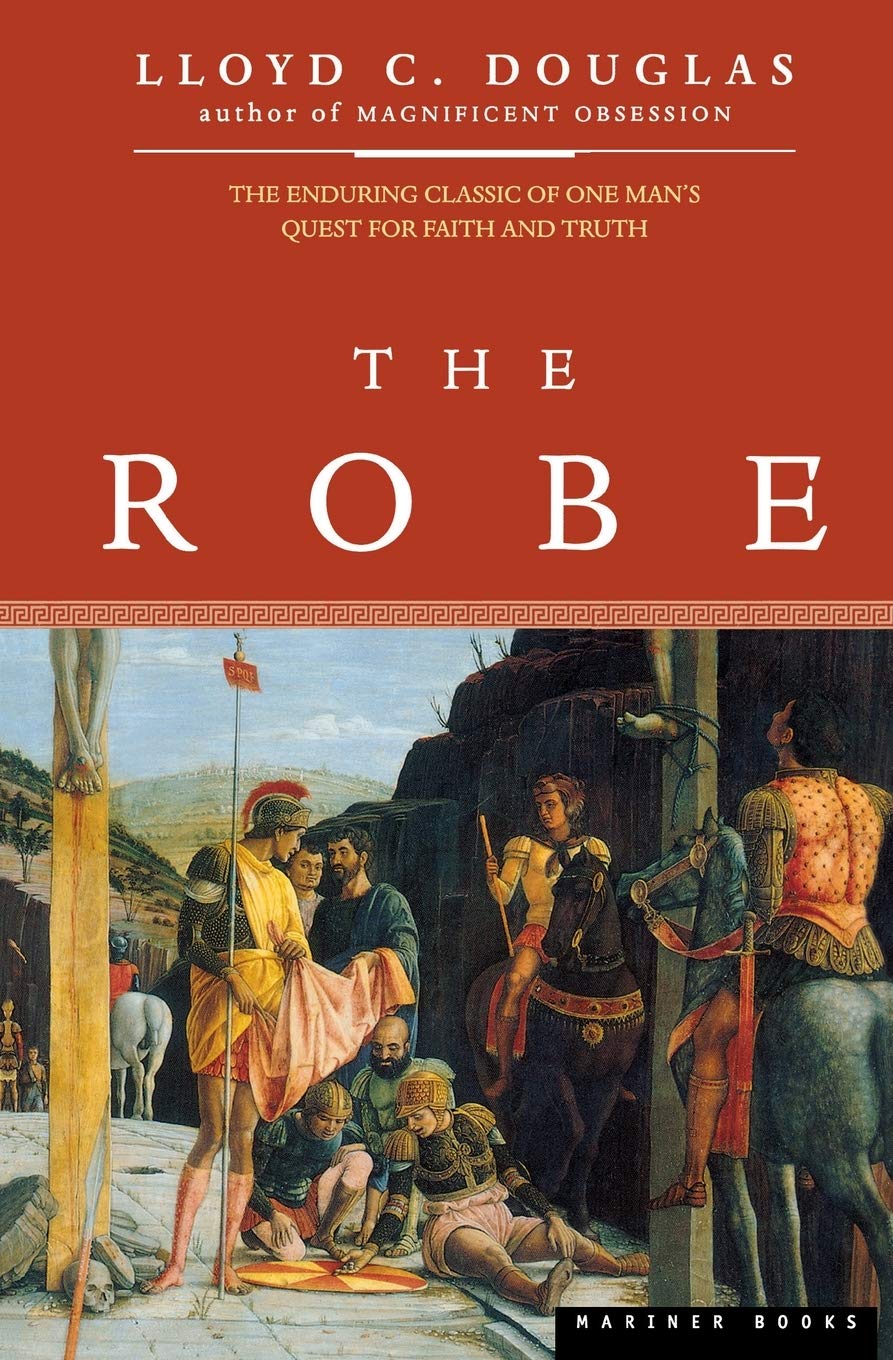“It was probably a mistake to pursue happiness; much better to create happiness; still better to create happiness for others.The more happiness you created for others the more would be yours-a solid satisfaction that no one could ever take away from you.”
Quick – what author had a book on the annual Publishers Weekly bestseller lists more years than any other writer in the 1930s and 1940s?
- Ernest Hemingway?
- F. Scott Fitzgerald?
- Louis Bromfield?
- Margaret Ayer Barnes?
If you guessed Hemingway or Fitzgerald – forget it – this is not your high school English class. And if you guessed Louis Bromfield – congratulations – wrong, but you are a loyal Ohioan who remembers a native son who won the Pulitzer. And if you guessed Margaret Ayer Barnes – well done for remembering her. But, again, wrong.
 The correct answer is Wittenberg’s most famous alum, Lloyd C. Douglas.
The correct answer is Wittenberg’s most famous alum, Lloyd C. Douglas.
Born in Indiana in 1877, Lloyd was raised in a Lutheran minister’s household in Indiana and Kentucky. At the turn of the century he earned his B.A. and M.A. at Wittenberg before entering the ministry himself. While in Springfield he also worked as a local church organist.
Douglas served Lutheran parishes in Indiana, Ohio, and Washington, D.C. before becoming pastor of First Congregationalist Church in Ann Arbor, Michigan. Subsequent parishes took him to Los Angeles and Montreal. He wrote several books on ministry during these years, and in the late 1920s retired from the ministry to also write novels.
The success of his first novel, Magnificent Obsession, (1929) shocked critics and Douglas himself, launching a string of bestsellers that extended through the 1940s. It was turned into two movies, one in 1935 (starring Irene Dunne and Robert Taylor), and another in 1952 (starring Jane Wyman and Rock Hudson). The book made No. 8 on the bestsellers list for 1932 and No. 4 for 1934, when his second novel, Forgive Us Our Trespasses, made No. 6. Green Light was No. 1 in 1935, White Banners was No. 6 in 1936, and Disputed Passage was No. 9 in 1939. Douglas liked writing about wealthy, young men or women, self-absorbed but with other good qualities, who turn their lives around to serve others.
Douglas was already quite famous when his best known work, The Robe, reached No. 7 in 1942 and No. 1 in 1943, spending nearly a full year at No. 1. The title refers to Christ’s cloak, over which soldiers gambled at the foot of the cross, in a post-crucifixion drama set among persecuted Christians under the Roman Empire. It remained on The New York Times list for three years, and returned periodically thereafter. After his death, it was turned into the first major CinemaScope (a widescreen format) movie, under the same name and starring Richard Burton, Jean Simmons, and Victor Mature. The movie was nominated for several Academy Awards and won two; and the book returned to the No. 1 spot.
His last novel, The Big Fisherman, made No. 1 in 1948, with Douglas promising it would never be filmed. Douglas died in Los Angeles in February 1951, after completing the first volume of his memoir; the second volume was completed by his family.
“It is a queer thing. In a time of great need, when powerful leadership is demanded, the people—confused and excited—hear only the strident voices of the audacious, and refuse to listen to the voice of wisdom which, being wise, is temperate.”
Lloyd C. Douglas, The Robe
“I never thought much about flowers until I made the close acquaintance of a man who knew all about them. You would have thought that the butterflies and flowers were friends of his. See how richly they are clad, he said. Even King Solomon did not have such raiment.”
Lloyd C. Douglas
About The Project
With Wittenberg now celebrating its 175th year, and the University unable to hold regular in-person classes as a result of the COVID-19 pandemic, Professor of History Thomas T. Taylor has started circulating several pieces on Wittenberg's history. Some originated in earlier series, either This Month in Wittenberg History or Happy Birthday Wittenberg. Others have their origin in the Wittenberg History Project or in some other, miscellaneous project. Sincerest thanks to Professor Taylor for connecting alumni, faculty, staff, and students through a historic lens.

